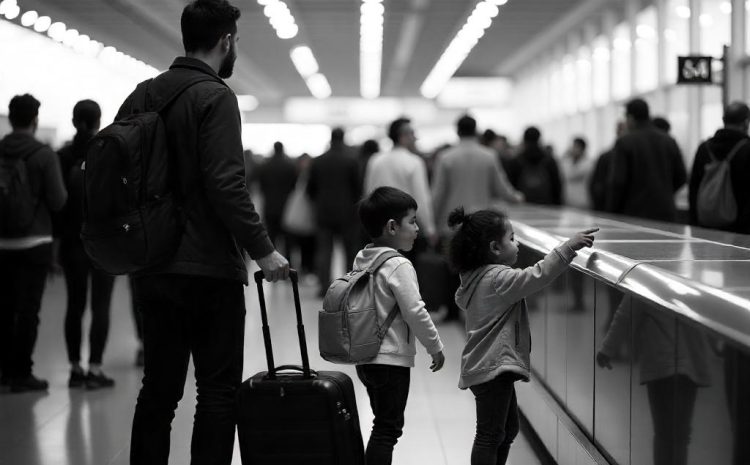
Commercial Airline Travel Start
Commercial airline travel officially began in the early 20th century, evolving from brief, experimental flights to regularly scheduled services that connected cities and countries. Here are some key milestones that marked the start of commercial air travel:
Affiliate Insurance Itinerary Plan – Your All-Inclusive Travel Plan:
1. The First Scheduled Passenger Flight – 1914
- The St. Petersburg-Tampa Airboat Line: On January 1, 1914, the world’s first scheduled commercial passenger flight took off in Florida. Operated by the St. Petersburg-Tampa Airboat Line, this historic flight carried one passenger, Abram Pheil, from St. Petersburg to Tampa. The pilot, Tony Jannus, flew a Benoist XIV seaplane across Tampa Bay on a journey lasting 23 minutes. The ticket cost $5, marking the start of paid air travel.
- Legacy: This early venture proved that people were willing to pay for flights, laying the groundwork for the future of commercial aviation.
2. Post-WWI Expansion and International Beginnings
- Air Mail Services: After World War I, aircraft were used primarily for air mail rather than passenger services, especially in the United States. The U.S. Postal Service awarded contracts to private companies to transport mail, which provided funding and support for fledgling airlines. Companies like Pan American Airways and American Airways (now American Airlines) began as mail carriers before expanding into passenger services.
- Founding of Major Airlines: KLM Royal Dutch Airlines, founded in 1919, became the world’s oldest continuously operating airline. British Airways’ predecessor, Imperial Airways, was also established in the 1920s. These early airlines started offering scheduled services within Europe and beyond, contributing to the development of international air routes.
3. The First International Passenger Service – 1920s
- Pan American Airways’ International Routes: In 1927, Pan American Airways launched its first international flight, connecting Key West, Florida, to Havana, Cuba. This marked the first international commercial passenger flight by a U.S.-based airline. This successful route set Pan Am on the path to become a dominant player in global aviation.
- Growth in Europe: European countries also expanded international air routes during this time. The introduction of scheduled flights between London and Paris in the 1920s offered travelers a quick and reliable option to move between these major cities.
4. The 1930s: Regular Passenger Services and New Aircraft
- Aircraft Advancements: The Douglas DC-3, introduced in 1935, transformed commercial air travel by making it more comfortable and cost-effective. This aircraft could carry up to 21 passengers and allowed airlines to operate flights at a profit without relying on government subsidies.
- Increased Accessibility: With the success of the DC-3 and similar aircraft, airlines could expand scheduled services across larger distances, making commercial flights more accessible to the public.
5. The Jet Age – 1950s
- The Boeing 707 and Modern Air Travel: In 1958, Pan Am launched the Boeing 707 on its New York to Paris route, ushering in the Jet Age. The 707 was faster, had a longer range, and could carry more passengers than previous aircraft, revolutionizing long-haul travel and bringing international destinations closer together.
- Affordable and Fast Travel: The Jet Age made flying faster and more affordable, with prices gradually decreasing as more people began to fly. The success of the 707 and other jetliners in the 1960s turned air travel into a mainstream option for long-distance travel.
These developments marked the start of commercial airline travel, turning a bold new technology into a global industry that connected cities and countries, made travel faster and more affordable, and ultimately changed the way people and goods moved around the world.

